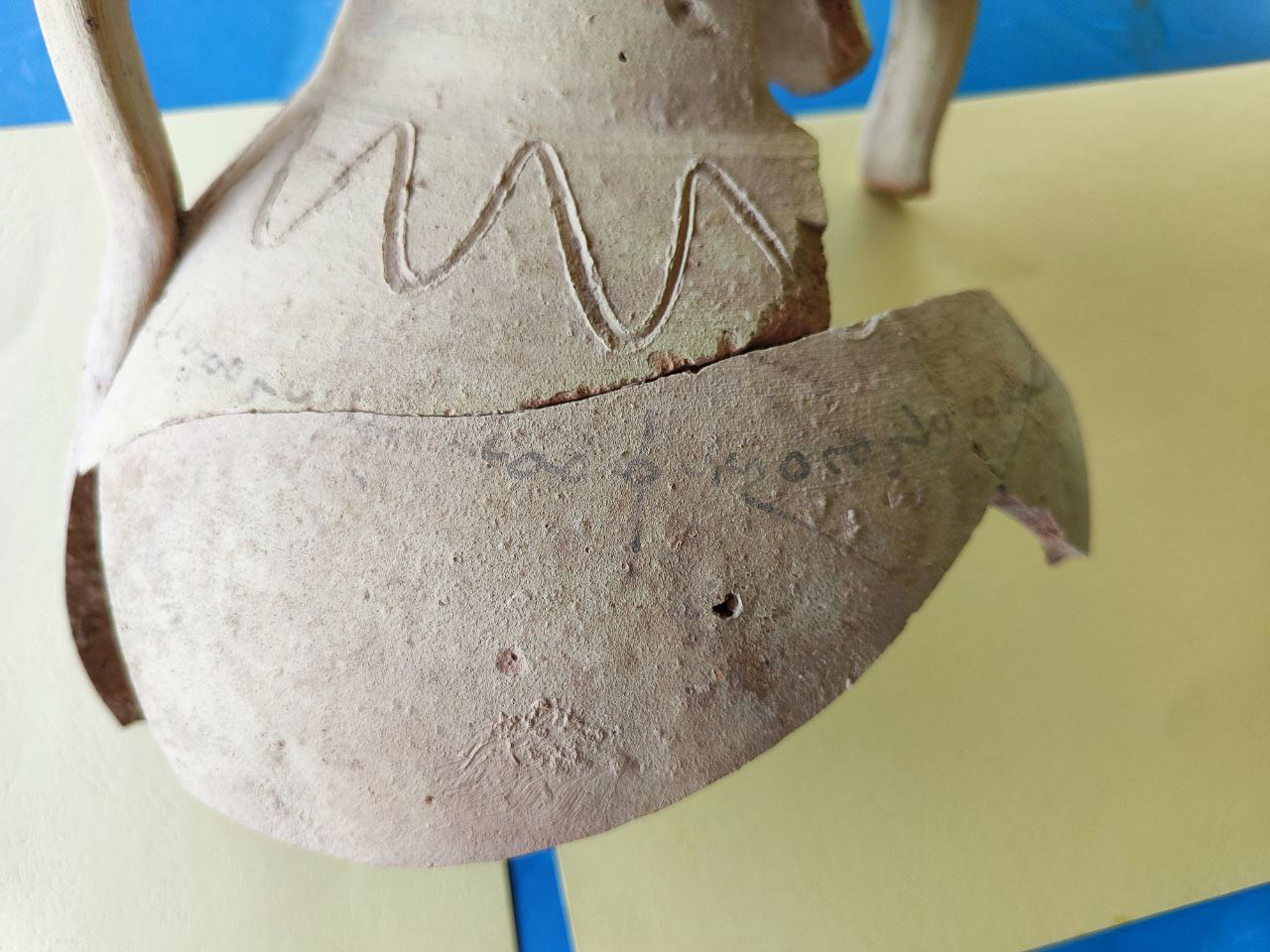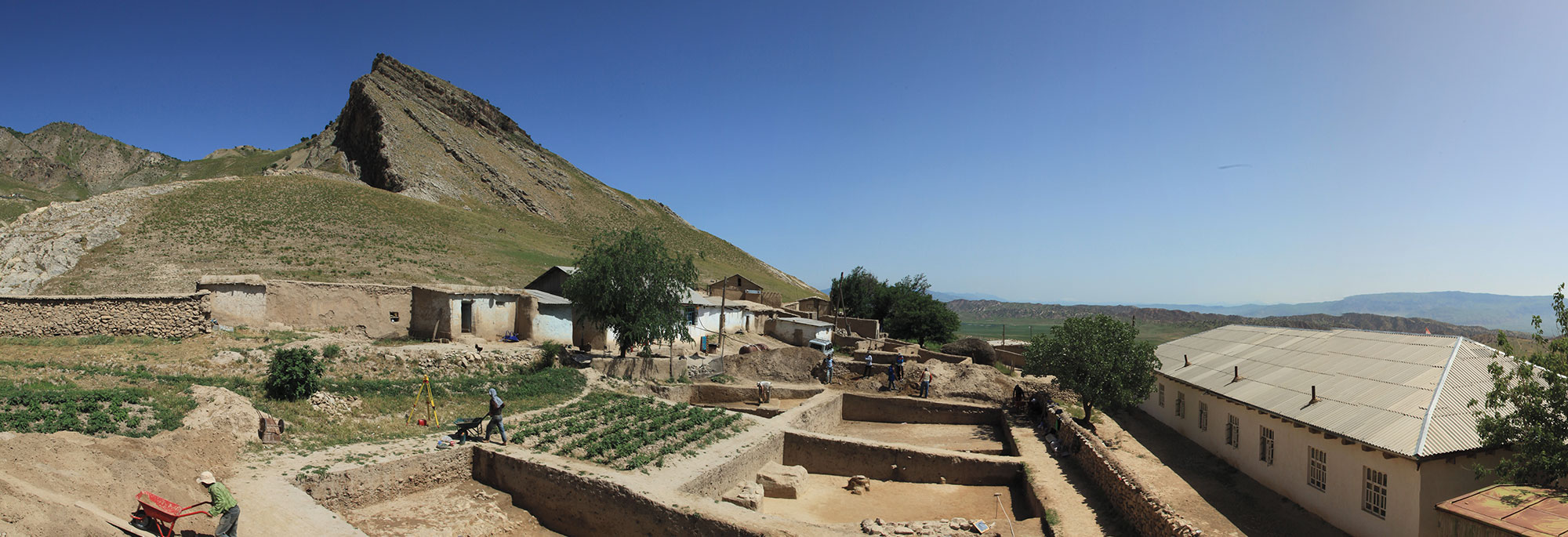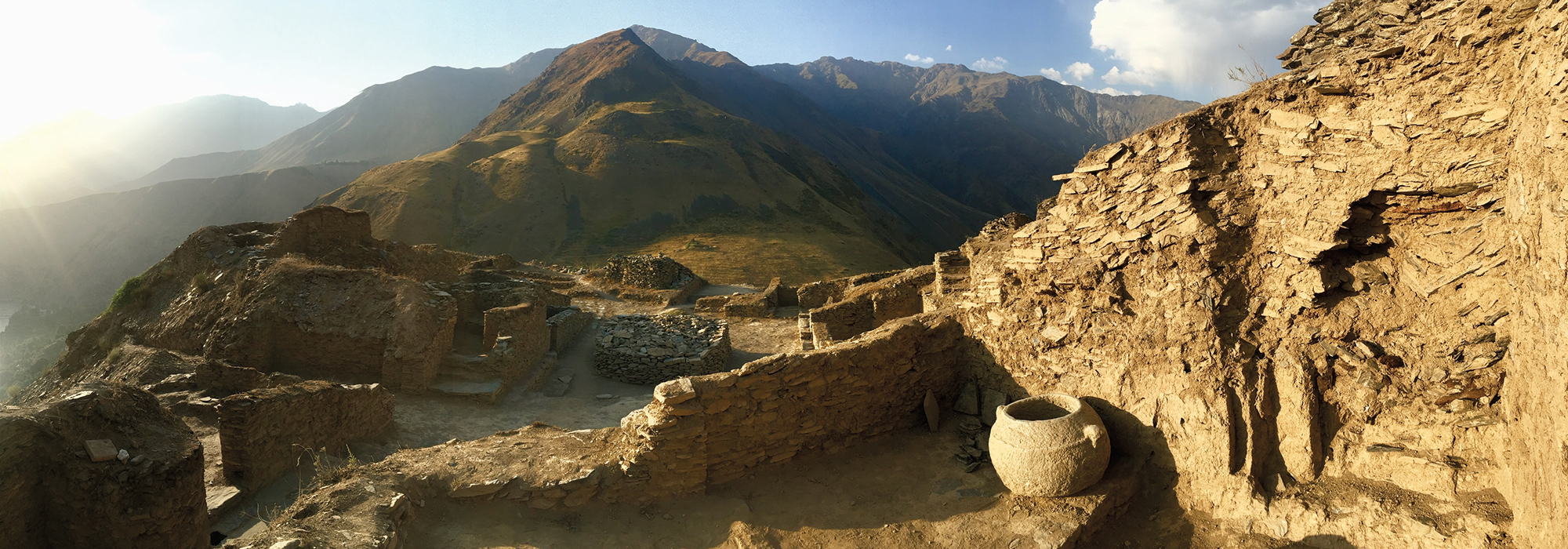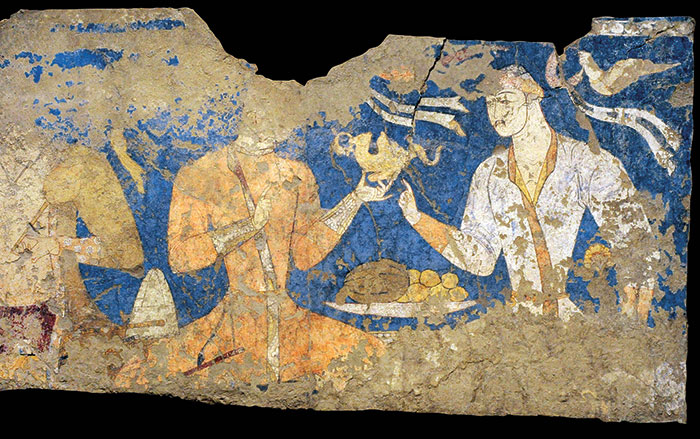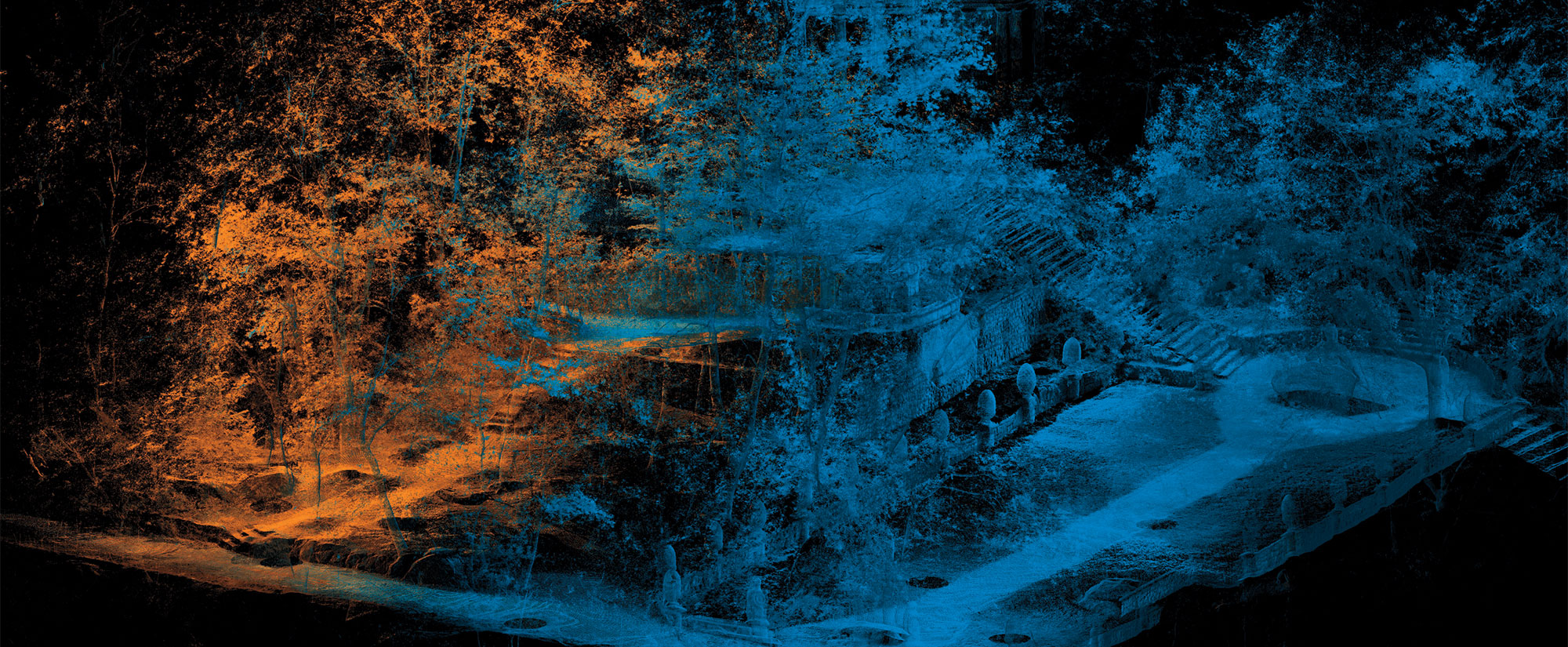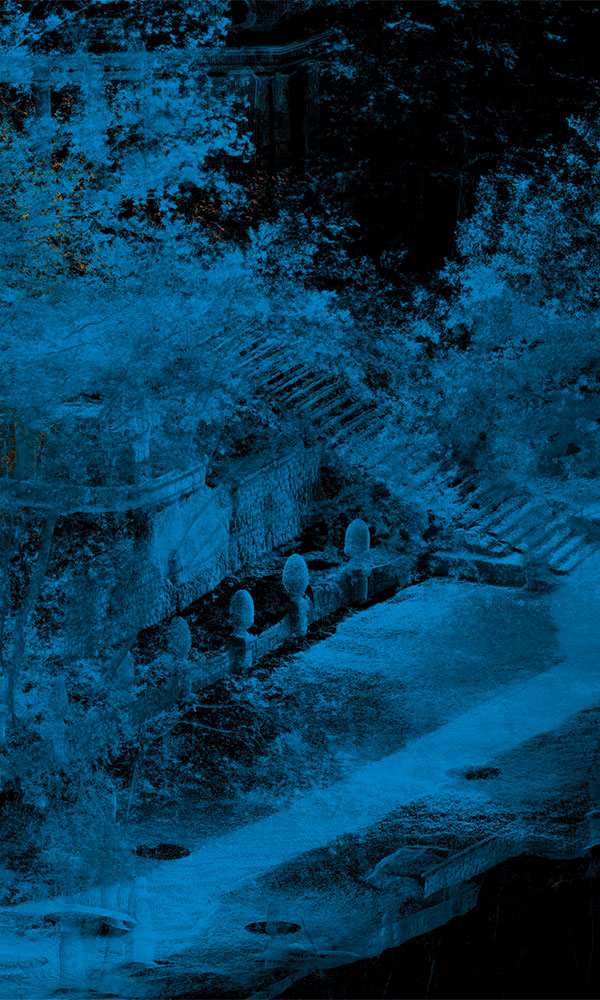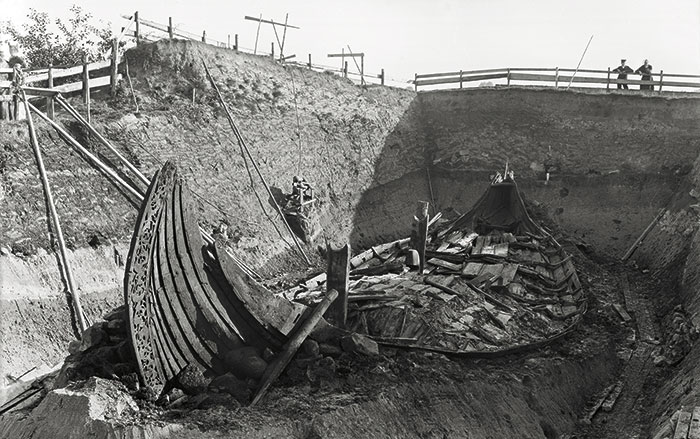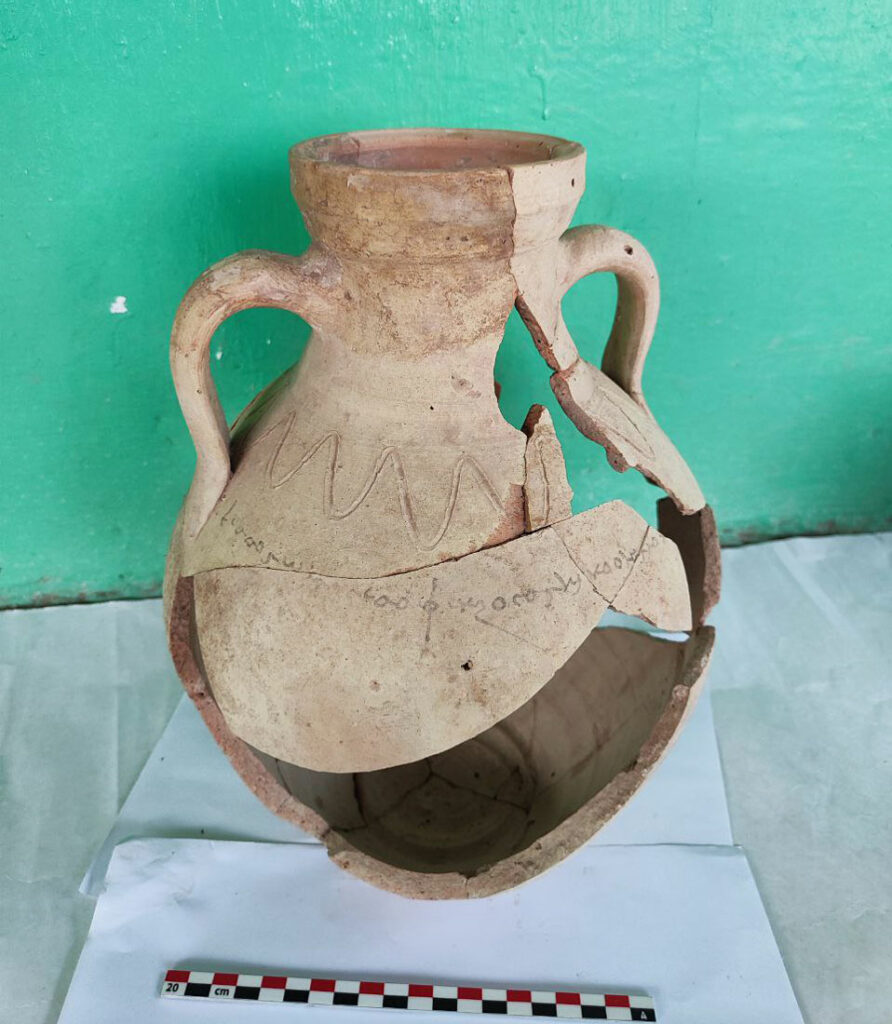
SARBAND, TAJIKISTAN—The Times of Central Asia reports that archaeologists from the National Museum of Tajikistan made a number of significant discoveries at the site of Khalkajar near the village of Sarband. Among them was a unique two-handled ceramic jug dating from the time of the Kushan Empire, which was one of the most influential and powerful states of ancient Central Asia that encompassed parts of present-day Afghanistan, Pakistan, India, Uzbekistan, and Tajikistan. Dating to between the first and third century a.d., the vessel contains a faint painted inscription written in the Bactrian language. Linguistic experts determined that it reads, “This water jug belongs to the woman Sagkina.” According to the report, the name “Sagkina” provides valuable material for onomastic studies and for understanding female naming conventions in the region during the Kushan era. It also provides a rare glimpse into domestic life and social organization at the time. The archaeologists note that the presence of such an inscription suggests a relatively advanced level of literacy in the region and reflects the seemingly normal societal habit of marking personal belongings. For more on the archaeology of ancient Tajikistan, go to "A Silk Road Renaissance."


